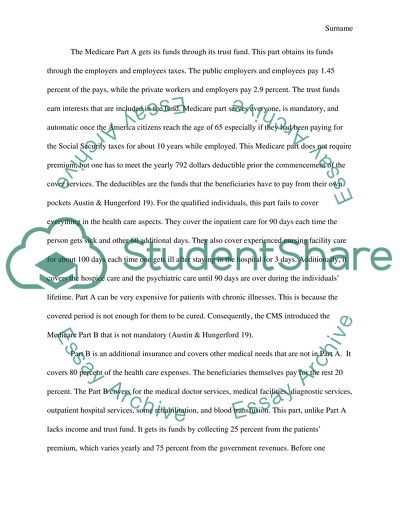Cite this document
(“Health Insurance Concentration and its Consequences Research Paper”, n.d.)
Retrieved from https://studentshare.org/health-sciences-medicine/1462458-health-insurance-concentration-and-its
Retrieved from https://studentshare.org/health-sciences-medicine/1462458-health-insurance-concentration-and-its
(Health Insurance Concentration and Its Consequences Research Paper)
https://studentshare.org/health-sciences-medicine/1462458-health-insurance-concentration-and-its.
https://studentshare.org/health-sciences-medicine/1462458-health-insurance-concentration-and-its.
“Health Insurance Concentration and Its Consequences Research Paper”, n.d. https://studentshare.org/health-sciences-medicine/1462458-health-insurance-concentration-and-its.


